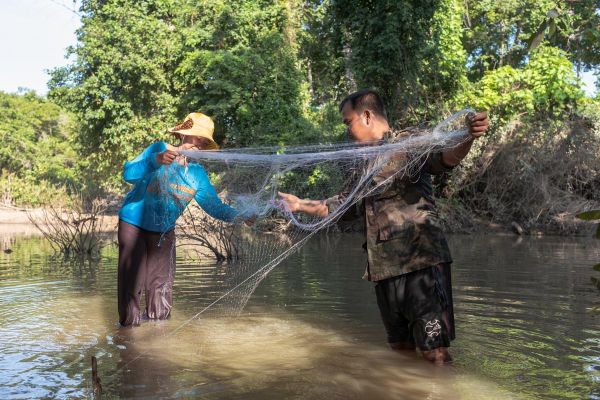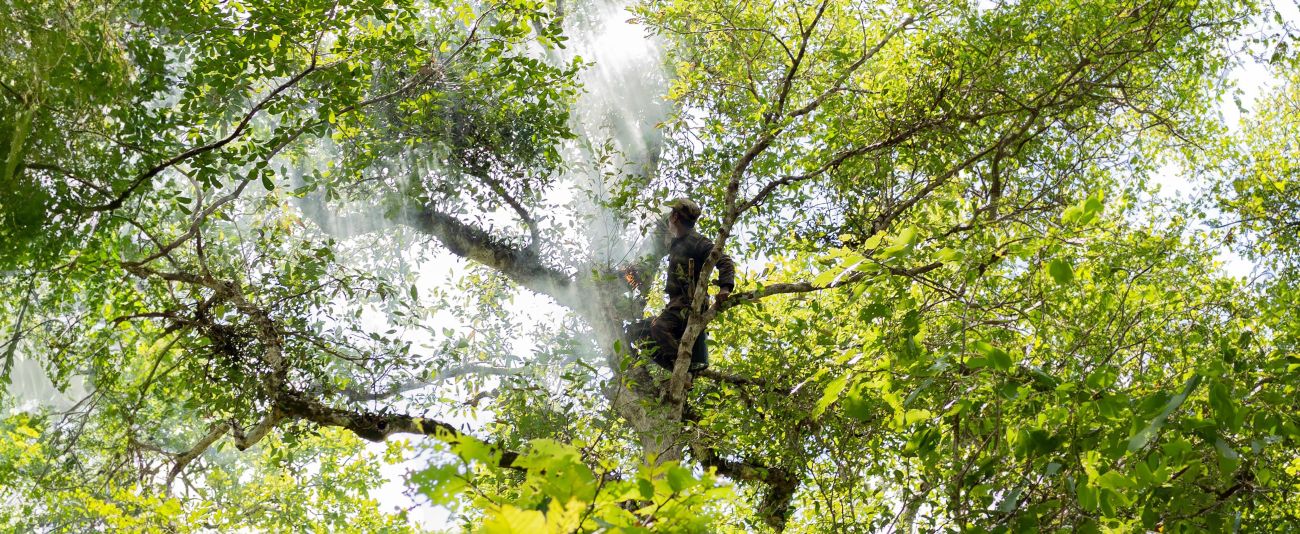
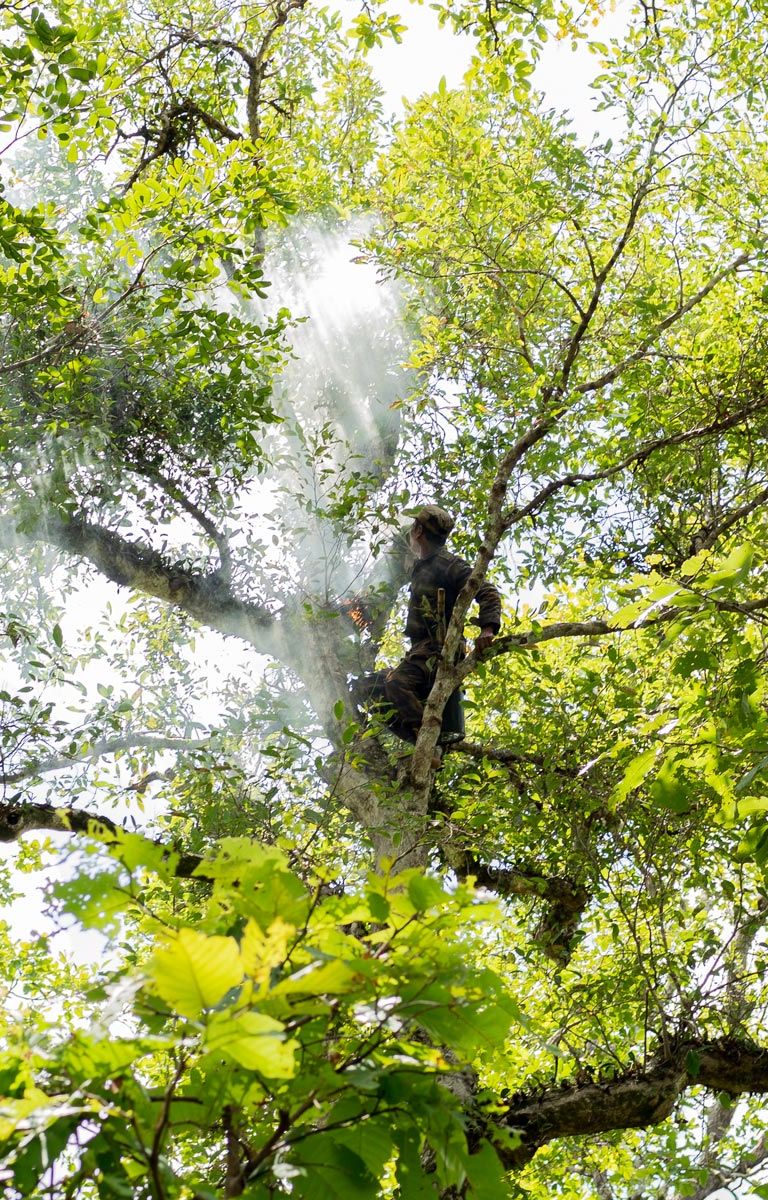
The Ou Soam Community Forest provides much for its nearly 200 member households in the Sala Visai Village of Kampong Thom Province. The villagers visit the forest to collect rattan, fruits, vegetables, medicinal plants, honey, firewood and wood poles for building purposes. They fish in the forest’s creeks. But to sustain and protect these benefits, they need financing.
To address this, PaFF provided the community with two sources of financing: a credit scheme and a mini trust fund, both of which provide revenue for implementing their community forest management plan.
With its new capacities for financial management and support from the Cambodian Organization for Woman Support, the community forest management committee secured a USD 30,000 grant from the United Nations Development Programme. It used the money to install boundary poles, create fire breaks, cover the cost of forest patrols, increase the capital in its credit scheme and support livelihoods, such as raising frogs and fish.
Overall, PaFF set up and financed 141 credit schemes and 89 mini trust funds for community forests, fisheries and protected areas, putting USD 1,490,000 directly into the control of communities. The partnership supported the community committees overseeing these mechanisms by providing training on financial management, record-keeping and reporting.
Putting communities in control
An important aspect of credit schemes and mini trust funds is the interest they generate. Communities use this income to implement management plans for their community forests, fisheries and protected areas and to increase the capital in their credit schemes, which ultimately generates more income for implementing their activities. By 2022, these mechanisms were providing an average of USD 6,529 per month for the PaFF-supported community forests, fisheries and protected areas.
One of these is the Phum Thmei Community Fishery in Stung Treng Province, which PaFF had supported since 2014. In 2019, it established a credit scheme that provided about USD 46 a month for implementing the community fishery’s management plan. In 2020, the partnership also set up a mini trust fund with USD 5,000 invested in a microfinance scheme. The following year, PaFF strengthened the trust fund with another USD 5,000 invested in a bank.
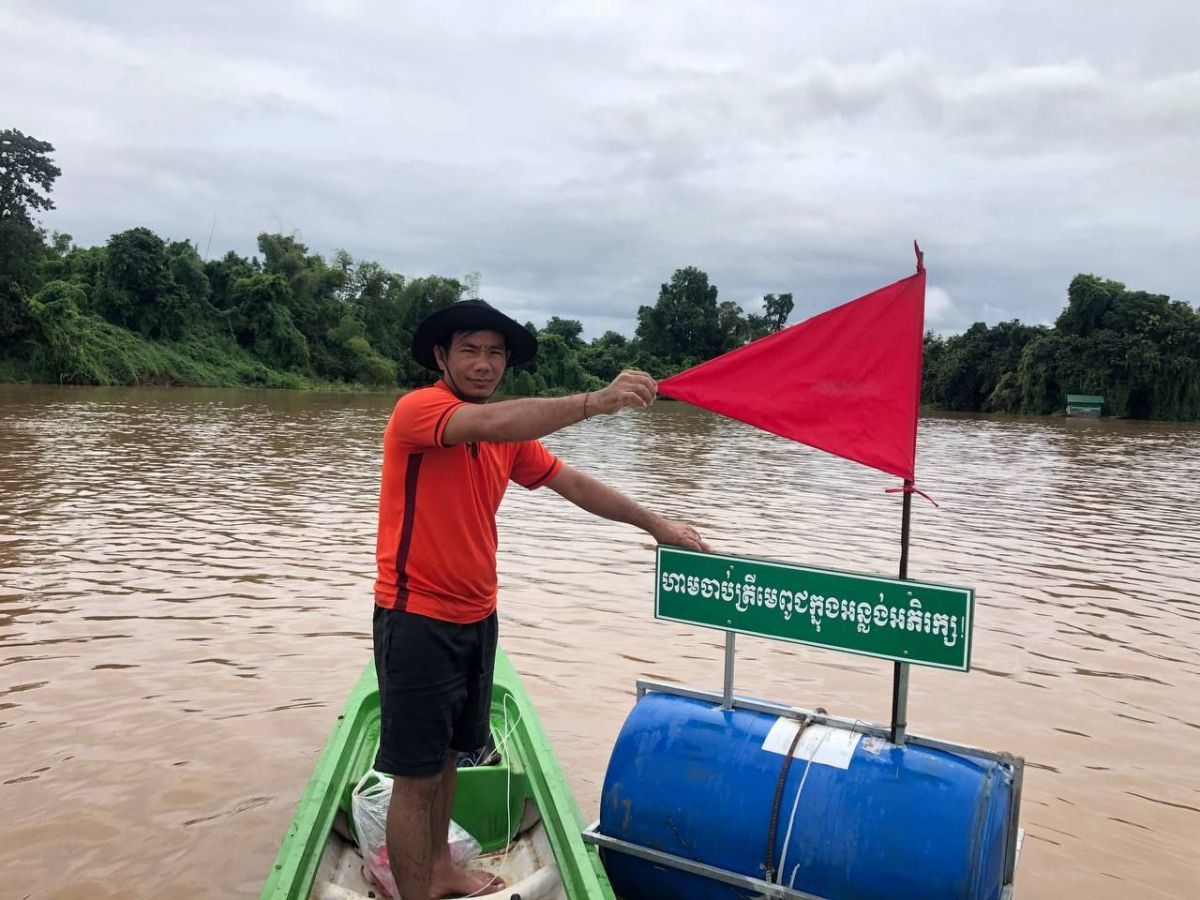
The trust fund generates some USD 63 per month in interest. Around half of this income is used to increase capital in the credit scheme, while the other half supports implementation of the community fishery’s management plan. The community has used this funding to improve various aspects of their operations, including enhancing the fishery’s deep pool, which is an area of water that provides favourable conditions for the fish to shelter, feed and breed. The income also funds patrols, management committee meetings, annual assemblies and meetings with the commune council.
“The mini trust fund management and operation is running well [because] our internal management and unity are strong, the commune council is fully supportive and our team is highly responsible,” says Lik Chetra, chief of the Phum Thmei Community Fishery. “We maintain trust with our community fishery members, as every year we conduct an annual assembly to share what we have done…, including results, income sources and expenses to improve the internal and external transparency and accountability.”
Securing finance from other sources
As with the Ou Soam Community Forest, other PaFF-supported communities have used their new capacities and mechanisms for managing money to raise funds from other sources. For example, the Prey Kbal Bey Community Forest in Kampong Thom Province started a credit scheme in 2015 with an initial USD 1,500. By 2022, this sum had increased to USD 10,500, mainly due to contributions from government officers, visitors and fees paid by collectors of non-timber forest products.
Monetizing local resources by charging fees can generate large sums. In Kampong Thom Province, the committee overseeing the Prey Hum Community Forest previously allowed outsiders to visit freely to harvest products, such as wild mushrooms, rattan vines and kuy fruit. But in 2021 and after discussions within the committee and with members of the provincial community forests network, they decided to charge outsiders an entrance fee.
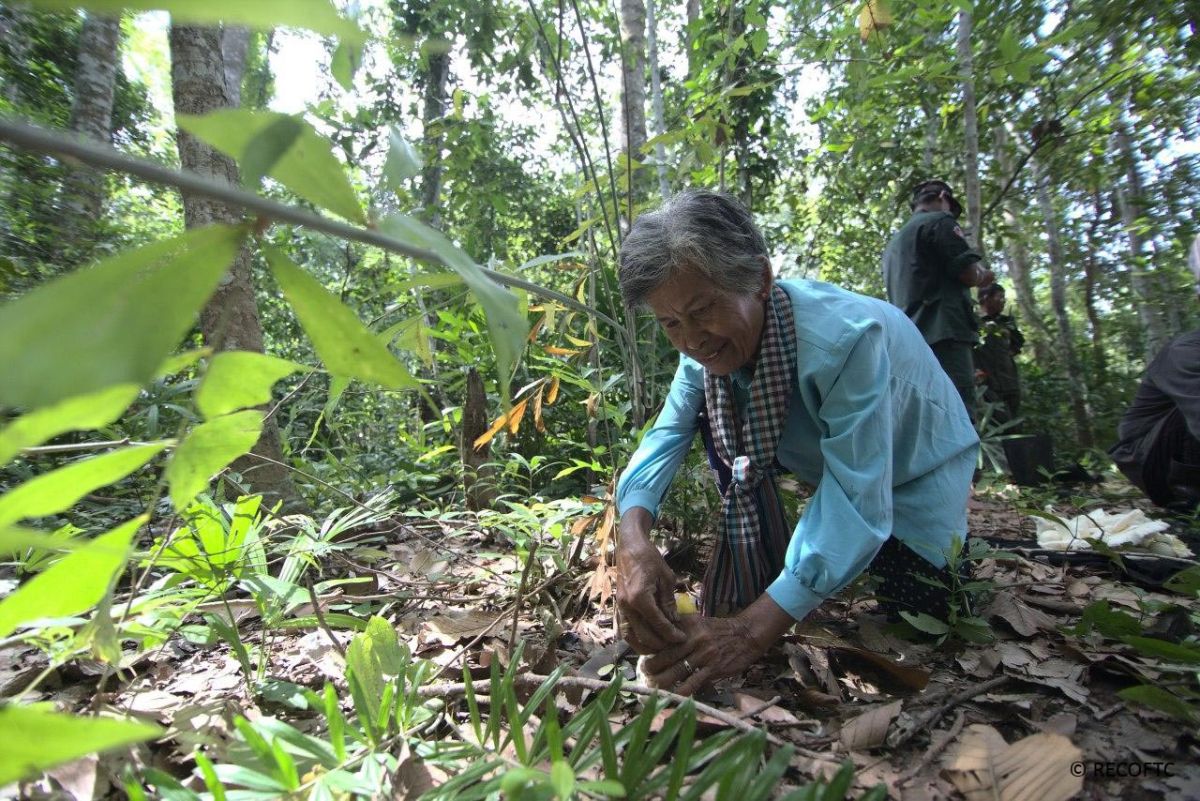
Between May 2021 and November 2022, the community forest members earned 13 million riel (USD 3,150) from these fees. They used 11 million riel to implement aspects of their community forest management plan, such as buying a water pump for agroforestry and digging a canal around a forest restoration area. The committee added the remaining 2 million riel to the community forest’s credit scheme to ensure the sustainability of management activities and to enable community members to borrow money to improve their livelihoods.
Other sources of finance that PaFF-supported communities continue to use include levies on the profits of community-based enterprises. The group collecting wild honey in the Prasat Teuk Khmao Community Forest (see chapter 1), for instance, pays 5 percent of its annual profits to the community forest management committee. Between 2019 and 2022, the 42-member group generated more than USD 1,300 for the sustainable management of the community forest.
With PaFF’s support, communities like these are finding ways to sustain their activities even after the partnership has ended. Chapter 5 describes other ways in which PaFF’s impacts are enduring.

